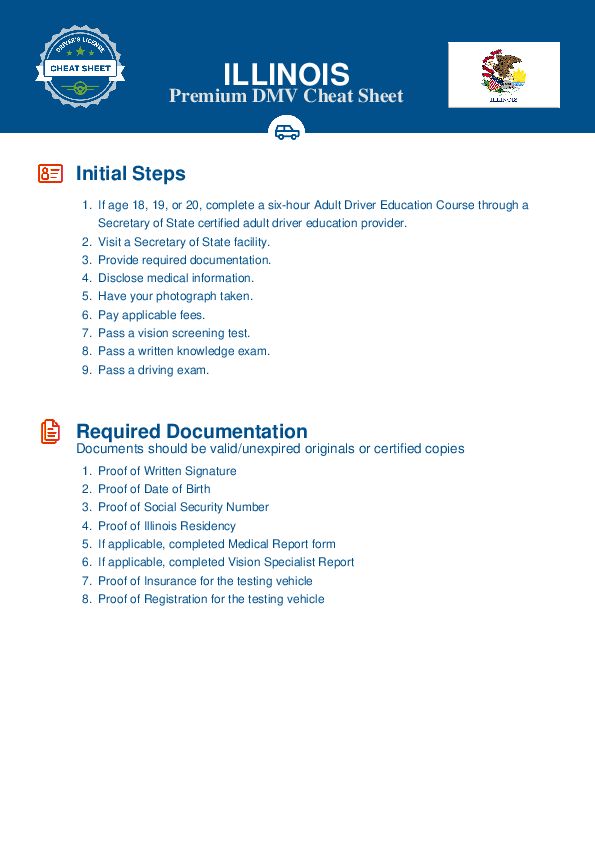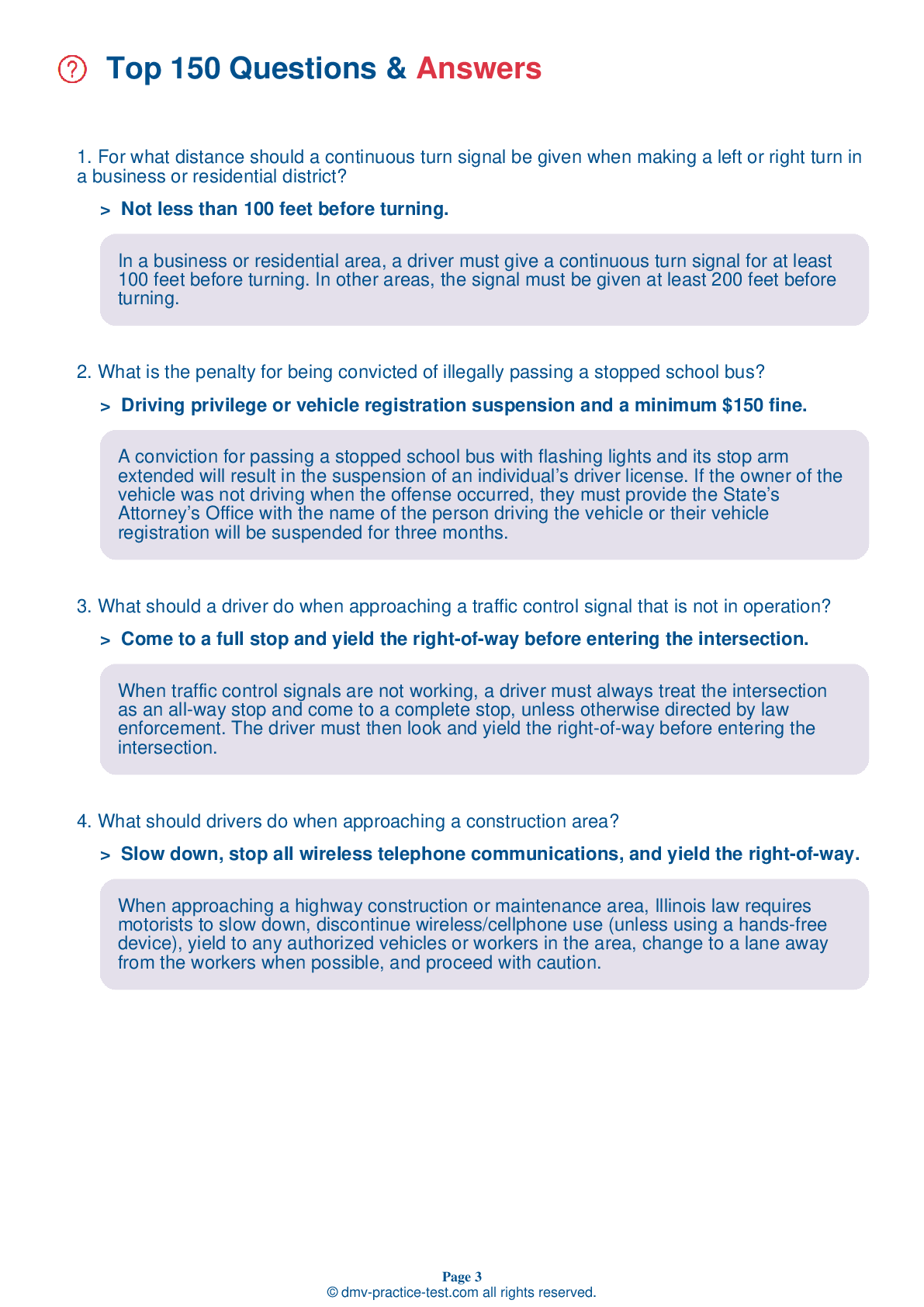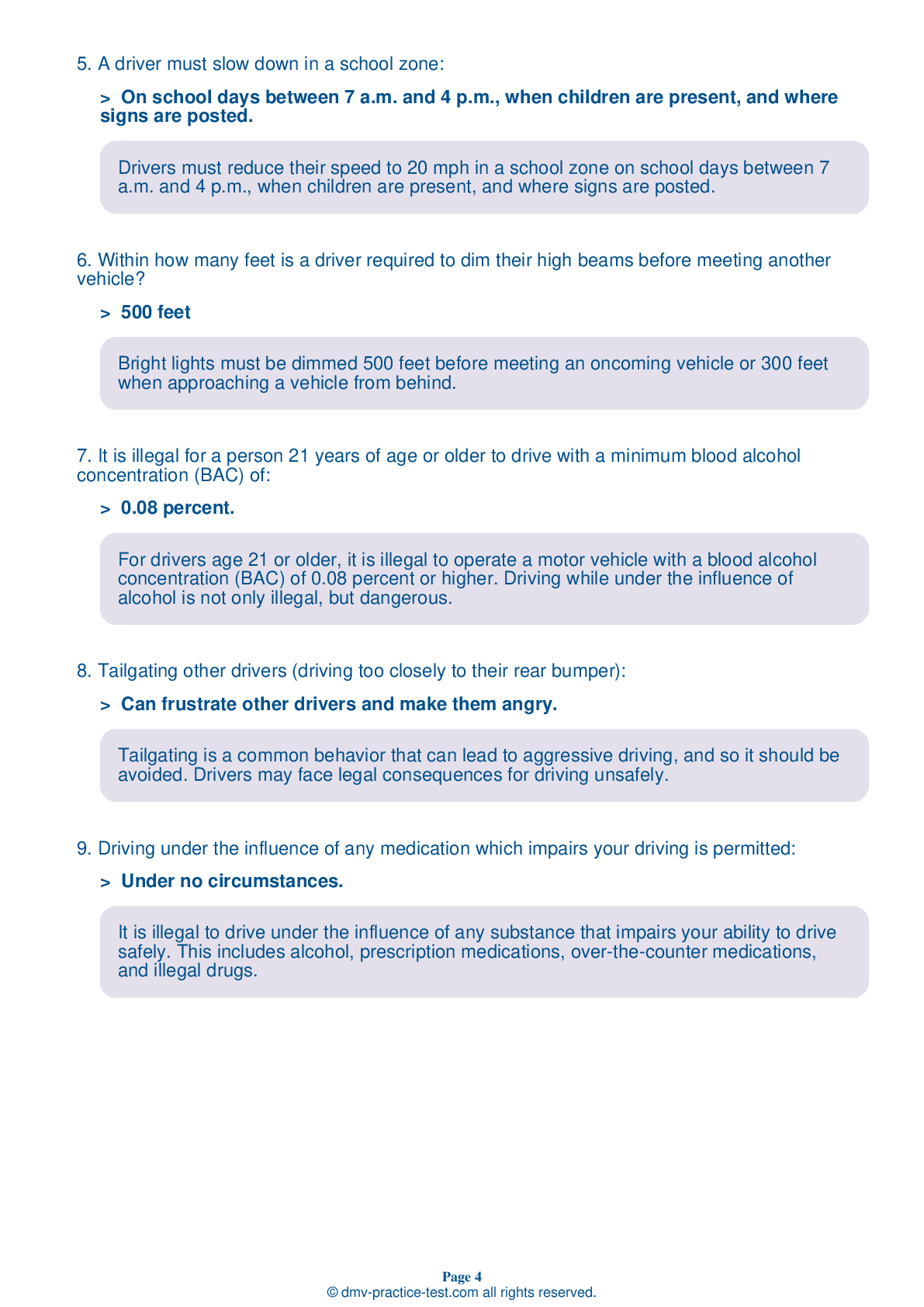FREE Illinois DMV Practice Test #4
For January 2025, this set of Illinois DMV practise tests has been updated. It includes questions based on the most important traffic signs and rules for 2025 from the Illinois Driver Handbook. To study for the DMV driving permit test and driver's licence exam, use actual questions that are very similar (often identical!) to the DMV driving permit test and driver's licence exam.
Each question on the practise exam has a tip and explanation to help you recall the ideas. Questions about traffic rules, traffic signs, and driving statutes, as well as information from the Driver Handbook, will be included in the written portion of the official DMV test.
You must properly answer 38 of the 35 questions to receive a passing mark. To help you prepare for your Illinois instruction permit or driver's licence, take our DMV practise test.
The DMV exam is offered in a variety of languages.
Using any form of testing help will result in an automatic fail, and the DMV may take further action against your driver's licence, so avoid it.
1 . Pedestrians in crosswalks and at intersections always have the right-of-way.
Pedestrians have the right-of-way when crossing the road at an intersection. A crosswalk exists anywhere that two streets intersect, whether the crosswalk is marked or unmarked.
2 . When driving in fog, it is best to drive with:
Use low beam headlights when driving in fog, rain, or snow. High beams may reflect off of the weather and make visibility even poorer.
3 . If a vehicle is equipped with airbags:
Airbags are important safety devices that provide protection in crashes. For best protection, a vehicle's lap and shoulder belts should be used in combination with airbags.
4 . This sign indicates that:
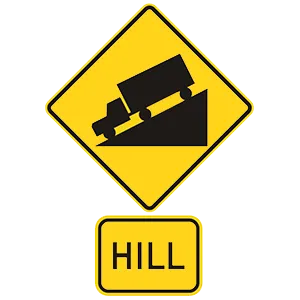
Warning signs are usually yellow with black markings. This sign warns drivers about an upcoming steep hill. Drivers should slow down and be ready to control their speed and protect their brakes from damage.
5 . For what distance should a continuous turn signal be given when making a left or right turn in a business or residential district?
In a business or residential area, a driver must give a continuous turn signal for at least 100 feet before turning. In other areas, the signal must be given at least 200 feet before turning.
6 . An orange sign means drivers should be alert, adjust their speed, and be prepared to stop if necessary.
Orange is used for warning signs generally used in construction or maintenance areas. These signs alert a driver to possible dangers ahead due to construction and maintenance projects. Drivers must slow down and proceed with caution when entering construction zones.
7 . This sign means:
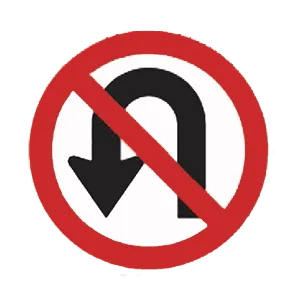
This sign indicates that U-turns are prohibited. You may see a sign like this at an intersection that commonly has oncoming traffic.
8 . It is legal for anyone to talk on the phone if using a hands-free device while driving, unless they are under age 19.
Illinois law prohibits the use of handheld cellphones, texting, or using other electronic communications while operating a motor vehicle. Hands-free devices or Bluetooth technology is allowed for persons age 19 and older.
9 . When waiting at an intersection and the traffic signal light turns green, a driver should look to the left and then right before proceeding into the intersection.
Even after your light turns green, you must yield the right-of-way to other vehicles or pedestrians that may be in the intersection.
10 . This sign indicates:
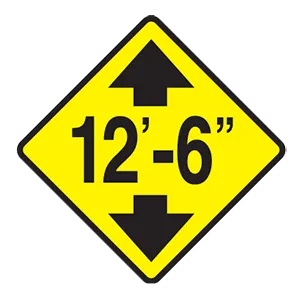
This is a low clearance warning sign. It indicates the distance from the road surface to the bottom of a bridge or overpass (in this case, 12 feet, 6 inches).
11 . What does this road sign indicate?

Pentagonal signs indicate that you are in or are approaching a school zone and/or school crossing. Be aware of children when driving near a school zone and follow posted speed limits.
12 . Motorists should maintain a safe operating distance when driving near a cyclist.
Drivers must be especially careful when driving near a cyclist and should maintain a safe operating distance between their vehicle and the cyclist.
See the exact questions that will be on the 2025 Illinois DMV exam.
99.2% of people who use the cheat sheet pass the FIRST TIME
LT gives us an insight on how the cheat sheet provided her with all the study questions she needed before taking her test.
Joe initially studied with the handbook and failed his test, he eventually found us online, studied and pass his test the first time around.
